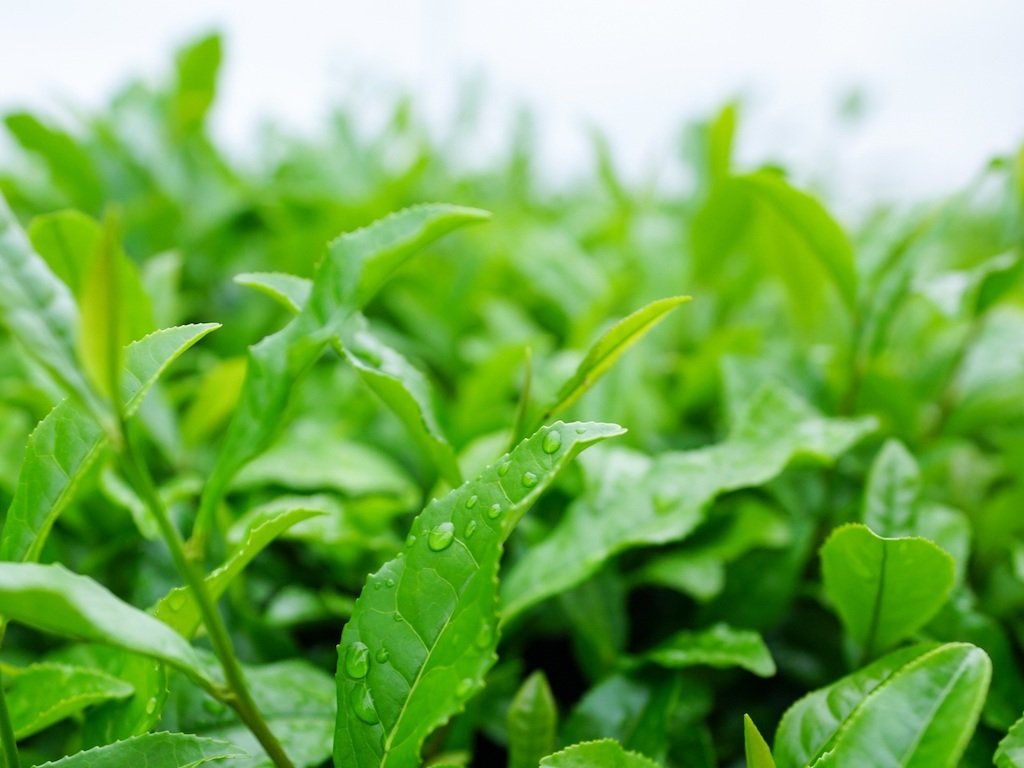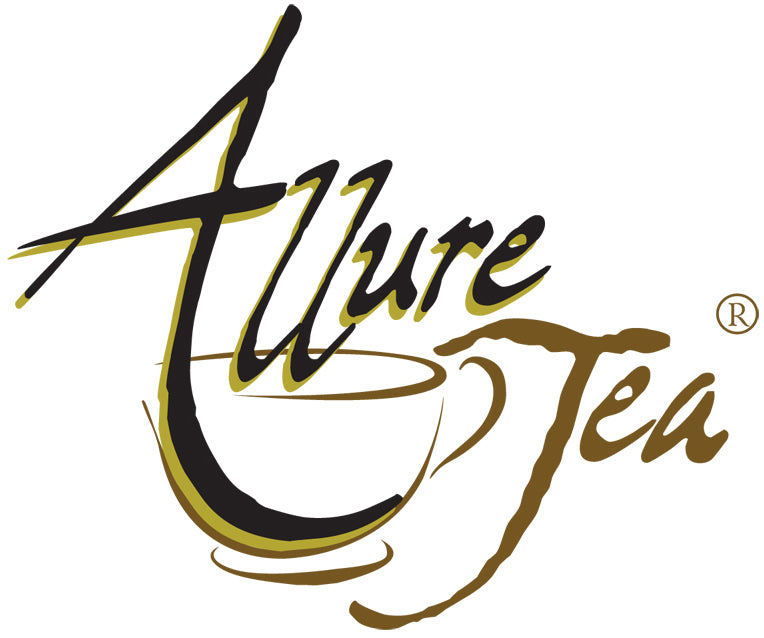No products in the cart.

Tea, (thea sinensis) is indigenous to China, Tibet and Northern India. While tea is now cultivated in over 40 countries around the world, the highest quality teas continue to be exported from China, India, Japan, Taiwan and Sri Lanka. While the point of tea origin may differ, Germany, the center of world trade for tea, is the largest importer of tea. Who drinks the most tea per capita? The Turkish! Different methods of processing freshly plucked tea leaves determine types, grades and flavors. Fermentation, or lack of it, determines whether a tea is black, green or an oolong. Leaves for all three types may be from the same kind (or the very same) plant. Over 97 percent of all tea consumed in the United States is black tea. The oxidization process turns the leaves black and they produce a brew with hearty flavor. Green tea is light in color when brewed. Oolong tea is a compromise between black and green tea. It is semi-oxidized, so the leaves turn greenish-brown. It, too, brews lighter in color. Grading refers to the size of the leaf only?not quality. Most grading terms apply to black teas only. OP: Orange Pekoe (Long thin wiry leaves) BOP: Broken Orange Pekoe (The smallest of the leaf grades.) TGFOP: Tippy Golden Flowery Orange Pekoe (This grade represents some of the most precious teas in the world. It is not uncommon to see whole leaves in their original state after brewing.) FANNING: Much smaller than BOP. Its main characteristic is quick brewing with good color in the cup. For use in teabags only, not a good grade. GREEN TEAS: Usually graded by name of tea. (Gunpowder, Chinese, Sencha, etc.) WHITE TEAS: All white teas are made from tips; their infusions are pale golden and slightly sweet. They are highly prized, very rare and produced primarily in China and Sri Lanka (Ceylon)..
Leave a comment

